
5 Days in Burgundy: Wine, Limestone Villages, and French Savoir-Faire
This five-day Burgundy road trip begins in Dijon and winds through the heart of the Côte d’Or and Côte Chalonnaise wine regions before ending in Beaune, the unofficial capital of Burgundy wine. Covering roughly 300 km in total, it’s designed for relaxed afternoons at family-run wineries, picnics in vineyard-draped hills, and slow strolls through golden-stone villages. It’s perfect for oenophiles, history lovers, and anyone chasing that sweet spot where good wine, local food, and French charm meet.
And check out Wine Tripping, Cerca‘s podcast series with globe-traveling sommelier, Amanda McCrossin, for more on French wine, what to drink, and where. Santé!
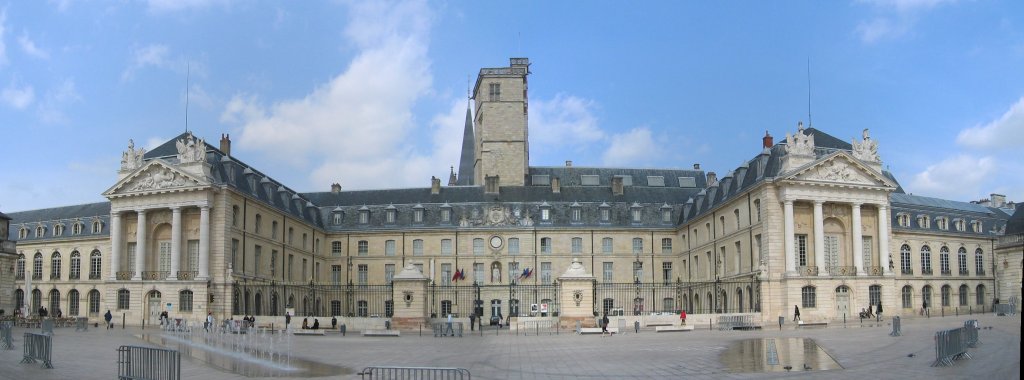
Day 1: Dijon – Medieval Majesty and Mustard Roots
Drive time: 0 km (Explore on foot)
Why Visit:
Start your journey in Dijon, the historic capital of the Duchy of Burgundy. Long before mustard made it famous, this city was a seat of European power. Its well-preserved medieval core is a blend of half-timbered houses, Gothic churches, and Renaissance mansions once owned by the Dukes of Valois.
Walk the Owl Trail (La Chouette), a self-guided route that leads you past Dijon’s best architecture and local legends. Step into the Musée des Beaux-Arts in the old Ducal Palace (Palace of the Dukes and Estates of Burgundy – the earliest parts were established in the 14th and 15th centuries) for a look at tapestries, carved altars, and the ornate tombs of Burgundy’s powerful dukes. Dijon is also a gastronomic city— with no shortage of fabulous places to eat and Michelin recommendations. Mingle with the locals and linger at covered markets and traditional bistros that still serve oeufs en meurette (eggs in wine sauce) like sacred ritual.

Eat:
Le Bistrot Lucien – Cozy bistro tucked away on a quiet square. The menu changes every 15 days but if you see it go for the duck confit and Burgundy snails.
Shop:
Edmond Fallot – Yes, the mustard did originate here in Dijon. Check out this family-run mustard mill still stone-grinding seeds in the traditional style. Their tasting bar (yes, a mustard tasting bar) lets you try truffle, cassis, and basil-flavored mustards.
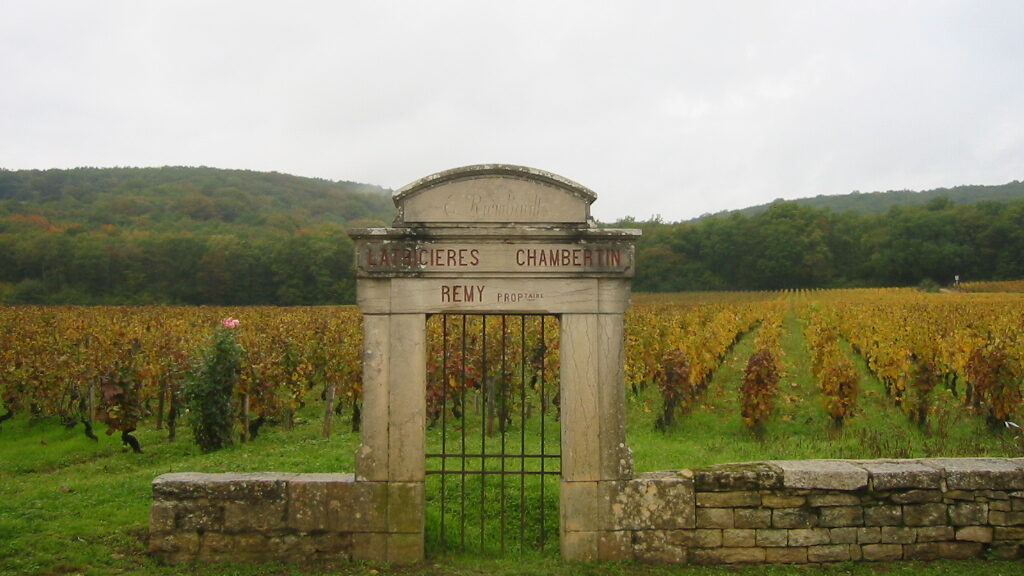
Day 2: Côte de Nuits – Grand Cru Villages and Legendary Pinot Noir
Drive time: ~40 km total
Why Visit:
Head south into the Côte de Nuits, the northern stretch of Burgundy’s wine heartland, where some of the world’s most expensive and sought-after Pinot Noirs are born. Villages like Gevrey-Chambertin, Vosne-Romanée, and Nuits-Saint-Georges are tiny but mighty, each with its own wine personality and centuries-old terroir.
The Côte de Nuits may be small, but it punches far above its weight in the wine world. This storied slice of Burgundy is where Pinot Noir reaches its most refined, expressive form. Each vineyard—often just a few rows of vines—is steeped in monastic history and classified with almost obsessive precision. The region’s patchwork of climats, recognized by UNESCO, showcases how micro-differences in slope, soil, and exposure can produce radically distinct wines. From the silky elegance of Chambolle-Musigny to the powerful structure of Gevrey-Chambertin, the Côte de Nuits is less about mass production and more about capturing the essence of place.
Visit a tasting room at a domaine, and you’re likely sipping wine beside the very vines it came from. This is wine at its most intimate—small production, deep family ties, and soil that’s revered like religion.
Wineries to Visit:
🍷 Domaine Armelle et Bernard Rion (Vosne-Romanée) – Welcoming family-run domaine with cellar tours and structured tastings of Premier and Grand Cru wines.
🍷 Domaine Trapet Père et Fils (Gevrey-Chambertin) – Biodynamic pioneers; their earthy reds are legendary. Book a tasting in advance.
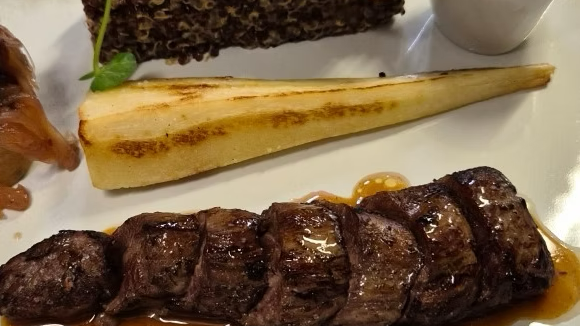
Eat:
La Toute Petite Auberge (Vosne-Romanée) – An unassuming gem. Try the coq au vin with a splash of the village’s own vintage.
Experience:
Pull over for a vineyard-side picnic—fresh bread, Époisses cheese (locally made and unmissable), and a bottle of Bourgogne Passetoutgrain. That’s how Burgundy wants to be felt.
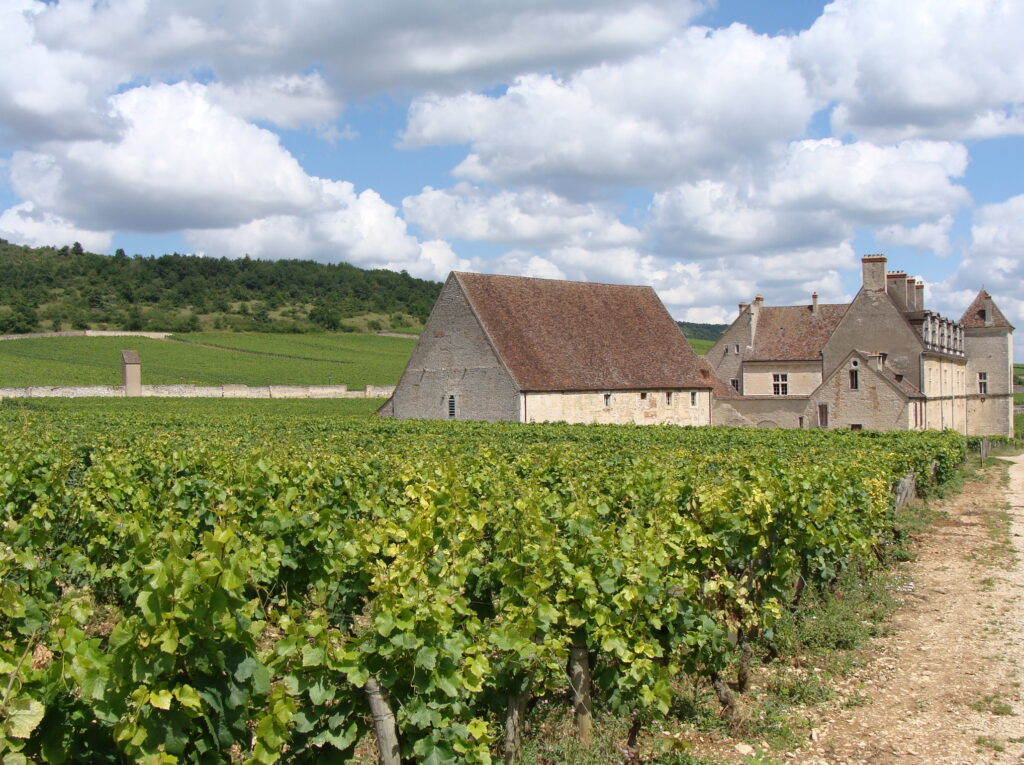
Day 3: Château Clos de Vougeot & Beaune – Monks, Monuments, and the Birthplace of Burgundy Wine
Drive time: ~30 km
Why Visit:
Start the day at the Clos de Vougeot, a majestic 12th-century château built by Cistercian monks who revolutionized winemaking in Europe. Today it’s a museum and symbol of Burgundy’s vinous soul. You’ll walk through ancient presses, vaulted cellars, and quiet courtyards that echo with centuries of devotion to the grape.
Beaune has been Burgundy’s wine capital since the Middle Ages, a role it earned through centuries of careful cultivation, trade, and civic pride. Surrounded by ancient ramparts and cobbled lanes, Beaune became the nerve center of wine commerce in the 15th century, when local monks and nobles began formalizing vineyard ownership and exporting vintages across Europe. One of the town’s most enduring legacies is the Hospices de Beaune, a charitable hospital founded in 1443. Today, it’s known for hosting the world’s oldest and most prestigious wine auction each November, where barrels from local vineyards fetch eye-watering sums to fund healthcare and heritage preservation.
Beyond the auction, Beaune’s cellars—some stretching beneath the town for kilometers—have long stored and aged Burgundy’s finest wines. A visit here is about stepping into a living timeline of viniculture, where every stone and bottle tells a story.600 years—and the annual Hospices de Beaune wine auction still sets global prices.
The Hôtel-Dieu (a stunning 15th-century almshouse) with its glazed tile roof is a must-visit. So is the Marché aux Vins, where tastings happen inside a centuries-old church crypt.
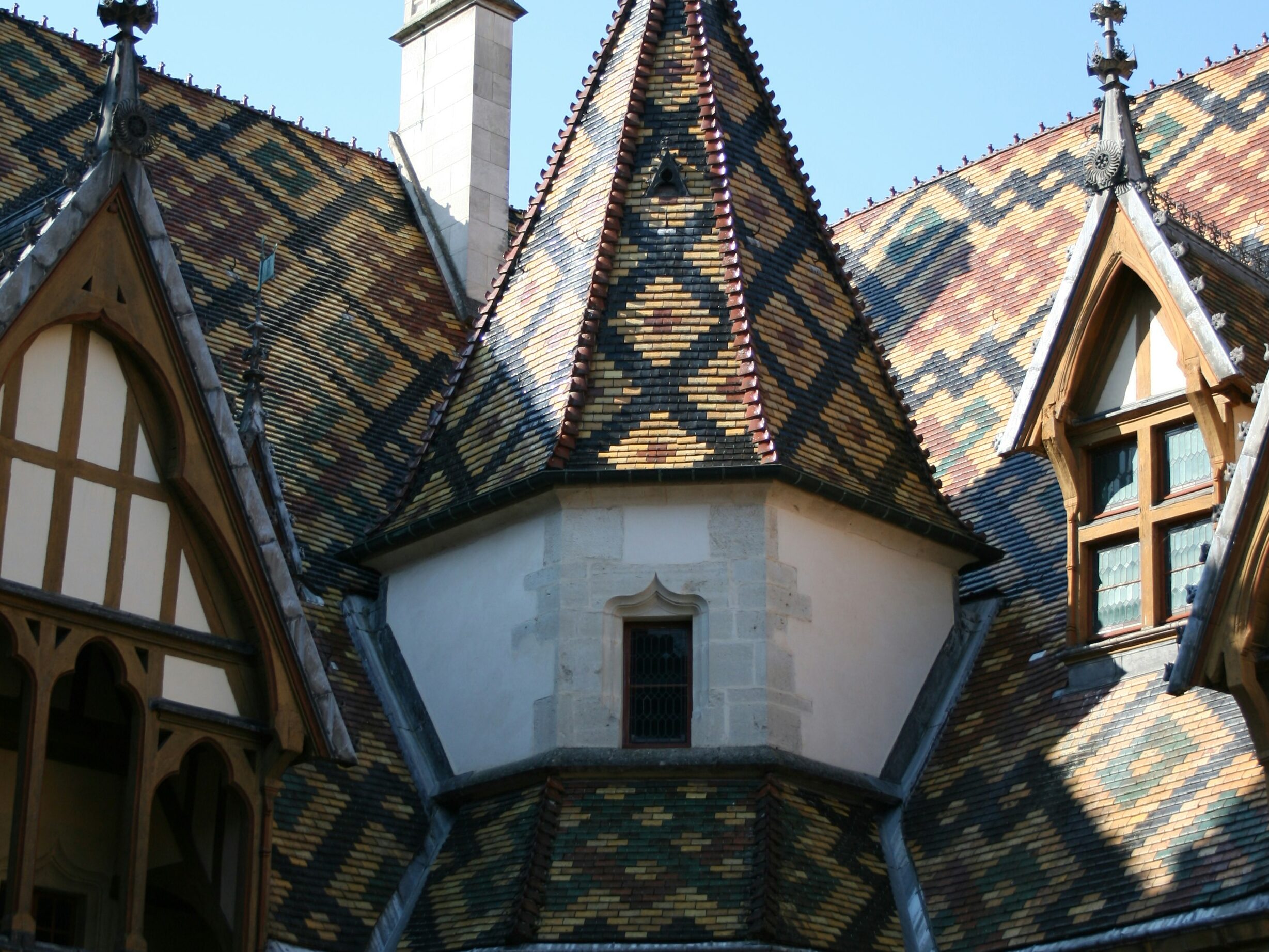
Wineries to Visit:
🍷 Maison Joseph Drouhin – Historic cellar under the city with tastings led by knowledgeable guides. Try their Clos des Mouches.
🍷 Château de Pommard – Just outside Beaune, with biodynamic wines and vineyard walks. Bonus: English tours available.
Eat:
Le Bistro de l’Hôtel – Seasonal tasting menus that elevate local ingredients. Best seat? On the candlelit terrace with wine pairings.
Shop:
Fromagerie Alain Hess – Local cheeses, wine jellies, and charcuterie perfect for your next roadside snack.
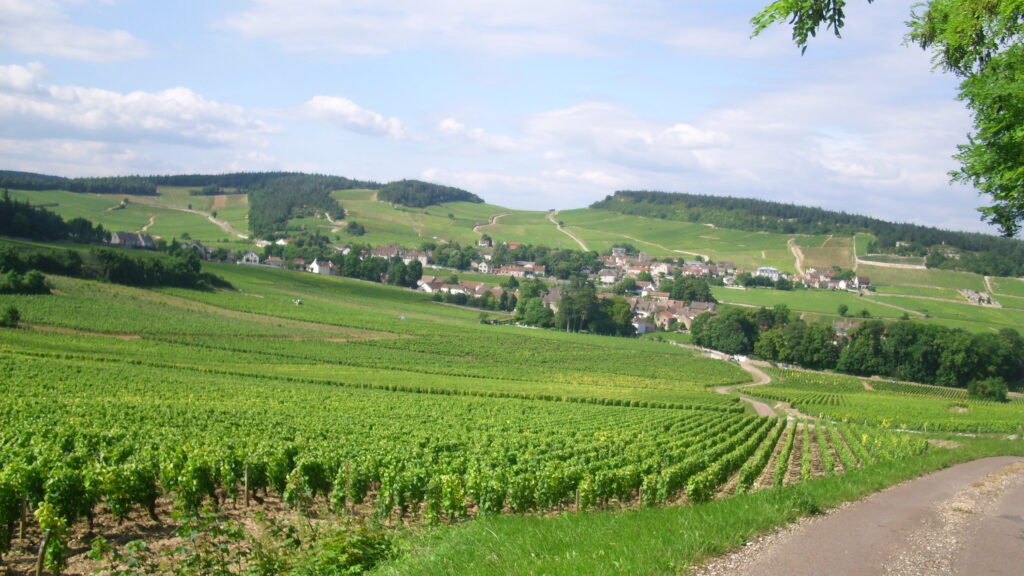
Day 4: Côte Chalonnaise – Under-the-Radar Vines and Village Charms
Drive time: ~65 km
Why Visit:
South of the Côte d’Or, the Côte Chalonnaise is Burgundy’s less famous (and more affordable) sibling. But don’t sleep on it. Towns like Mercurey, Givry, and Rully produce crisp, mineral-driven whites and vibrant reds that locals drink with pride.
The pace here is slower, the winemakers more likely to greet you personally, and the landscapes just as postcard-perfect. This is the Burgundy of lazy Sunday walks and quiet cellars filled with oak barrels and laughter.
Wineries to Visit:
🍷 Domaine Masse Père et Fils (Barizey) – Family estate with classic Givry and Rully expressions. Tastings by appointment.
🍷 Domaine Michel Juillot (Mercurey) – Known for rich reds with aging potential. Call ahead to arrange a visit.
Eat:
📍 Val d’Or: Ideal for a leisurely, terroir-rich terrace meal with classic Burgundy cuisine, think snails with parsley and butter, eggs in meurette, burgundy-style beef cheek, and lovely wine right in Mercurey.
Experience:
Explore the Canal du Centre by bike or on foot. Old towpaths run through sleepy hamlets and along tranquil waterways.
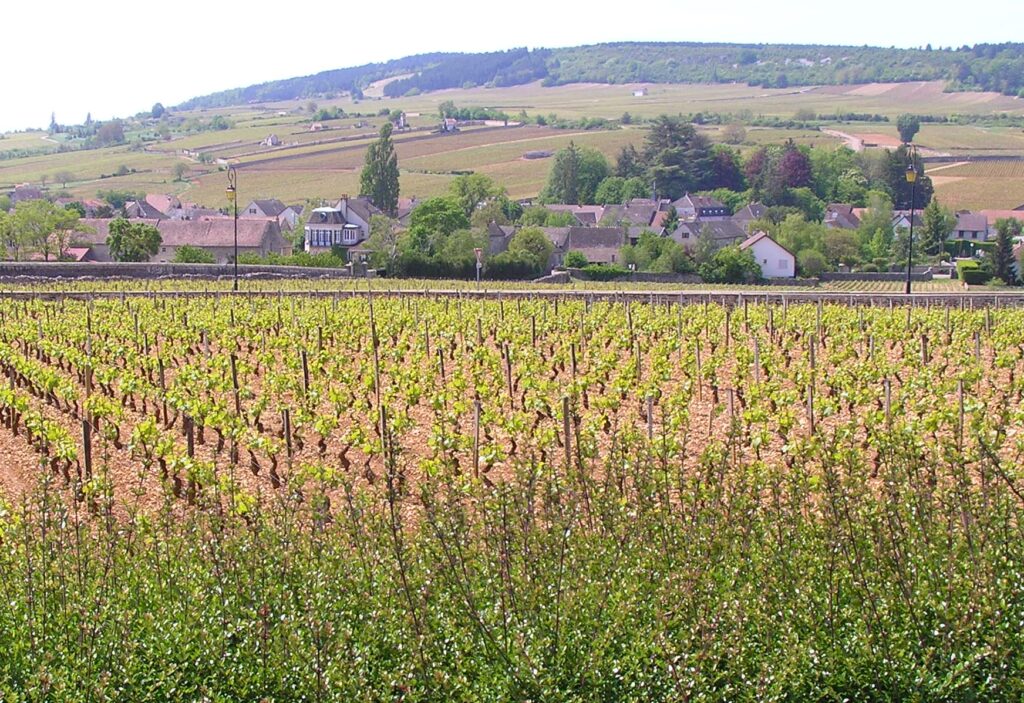
Day 5: Chagny & Meursault – Market Mornings and Chardonnay Dreams
Drive time: ~40 km
Why Visit:
Begin the final day with a stop at Chagny, especially on Sunday when the weekly market bursts into life. This is rural France at its best—vendors selling rotisserie chicken, creamy cheeses, local honey, and baskets of wild mushrooms.
Then cruise into the Côte de Beaune, the sacred ground of Chardonnay. Villages like Meursault, Puligny-Montrachet, and Chassagne-Montrachet are names every white wine lover knows. Their creamy, mineral wines are built to age—but here, you get to taste them at the source.
Wineries to Visit:
🍷 Domaine Michelot (Meursault) – Family estate with deep roots and full-bodied whites that sing of limestone. Tastings in their vaulted cellar.
🍷 Olivier Leflaive (Puligny-Montrachet) – Offers guided tastings and vineyard walks with food pairings. Booking ahead is essential.
Eat:
Ed.Em (Chassagne-Montrachet) – A rising-star chef crafting tasting menus inspired by Burgundy’s seasons. Reserve early—it’s a small, serious place with one Michelin star.
Shop:
La Cave de Meursault – Boutique wine shop with bottles from all the villages you’ve driven through. Staff give genuinely helpful pairing advice and offer plenty of tastings.
Final Notes
Car Rental Tip:
Start in Dijon and drop off in Beaune or backtrack depending on your rail or air connections. Go small—narrow village roads are charming but tight. Street signs are intermittent.
Packing Tip:
Layers for vineyard breezes, walking shoes, a notebook for tasting notes, and a corkscrew for impromptu picnics.
Travel Ethos:
Many of these domaines are multi-generational. Be respectful—call ahead if you can, don’t wear perfume (it interferes with tasting), and buy a bottle or two if you can. Support local bakeries and cheese shops along the way rather than big supermarkets. Plus, these purveyors genuinely know their stuff and are happy to teach you.
Sustainable Tip:
Burgundy is at the forefront of organic and biodynamic viticulture. Support wineries that use low-intervention methods and reward regenerative farming with your euros.
Find more curated road trip itineraries, food experiences, and travel ideas at Cerca. France, bottle by bottle, has never felt this personal.